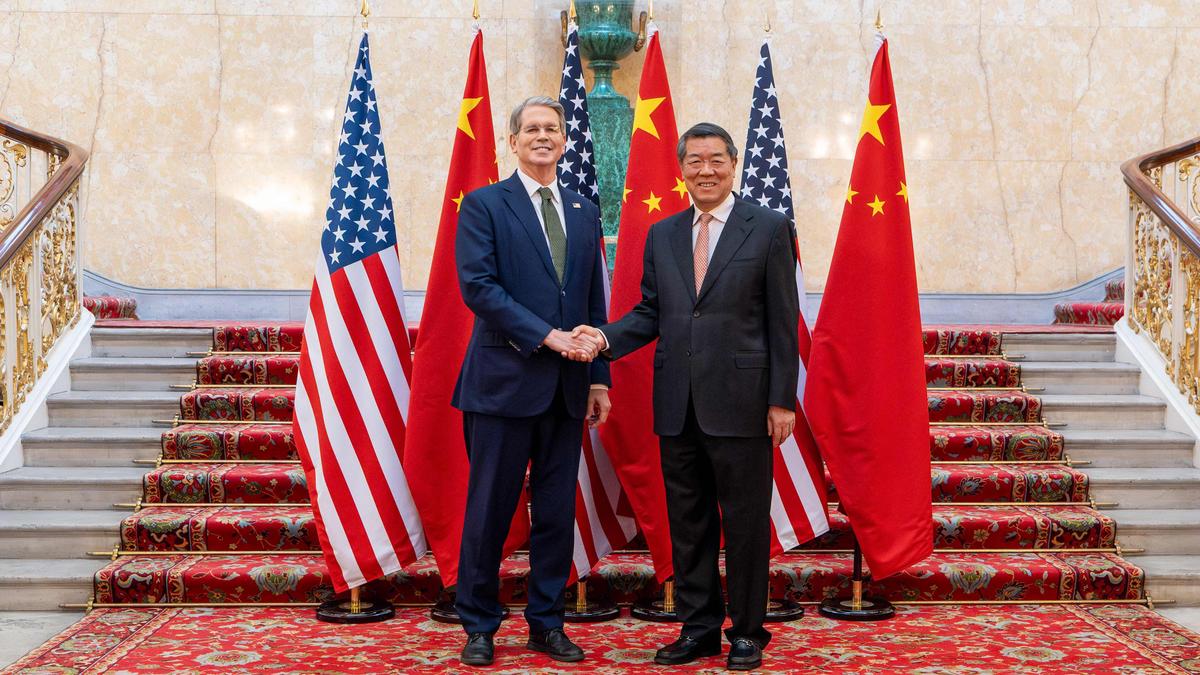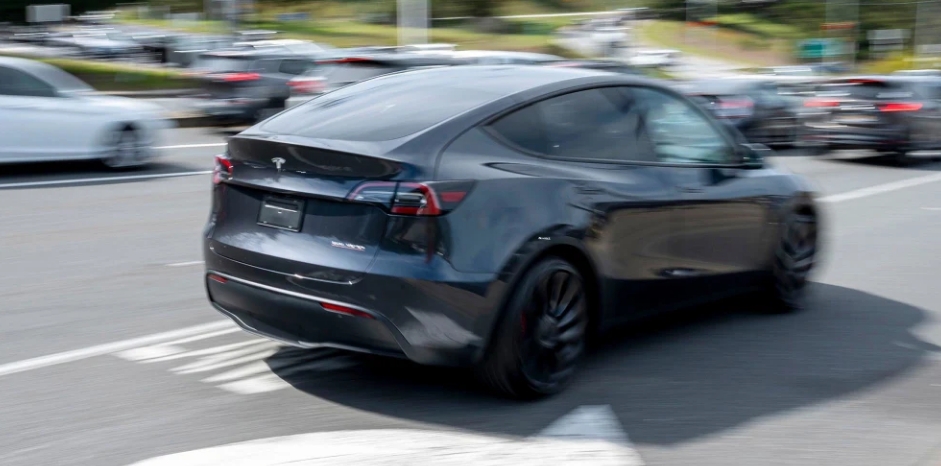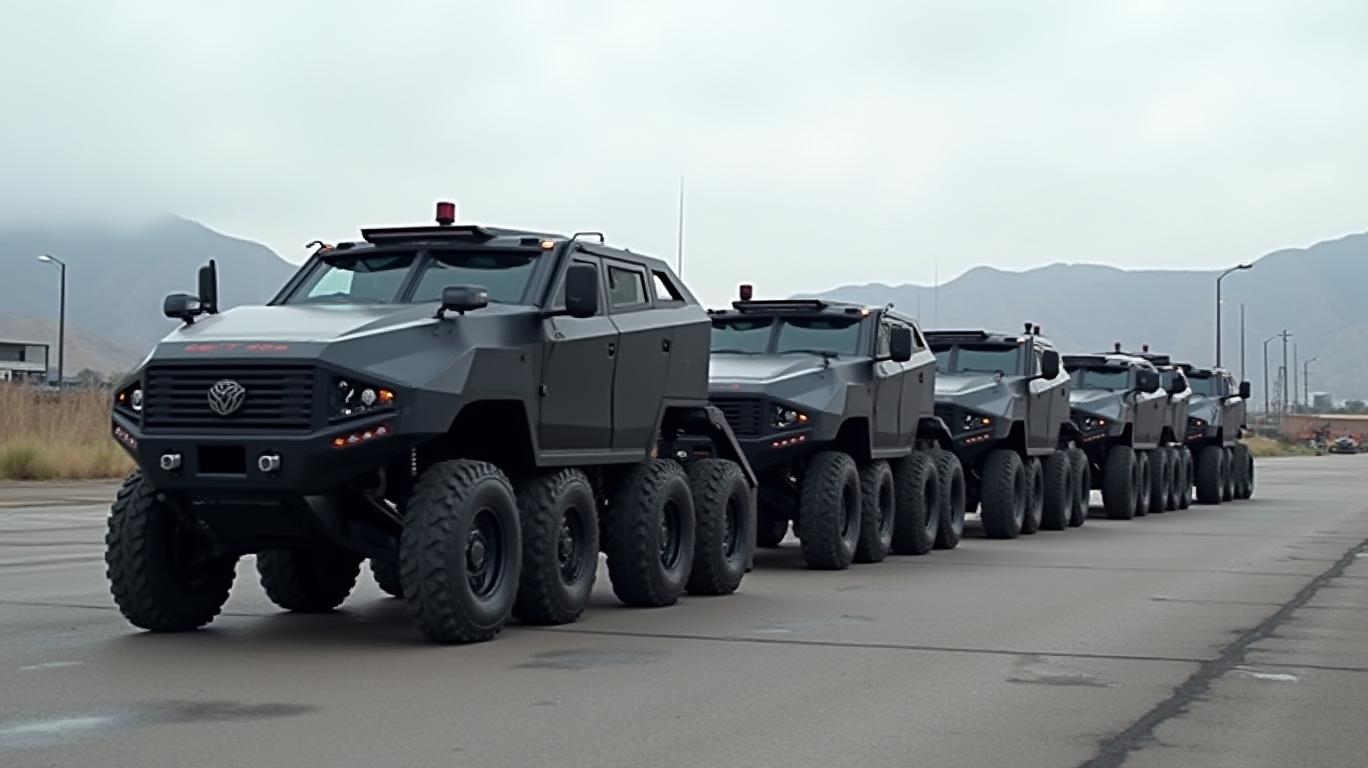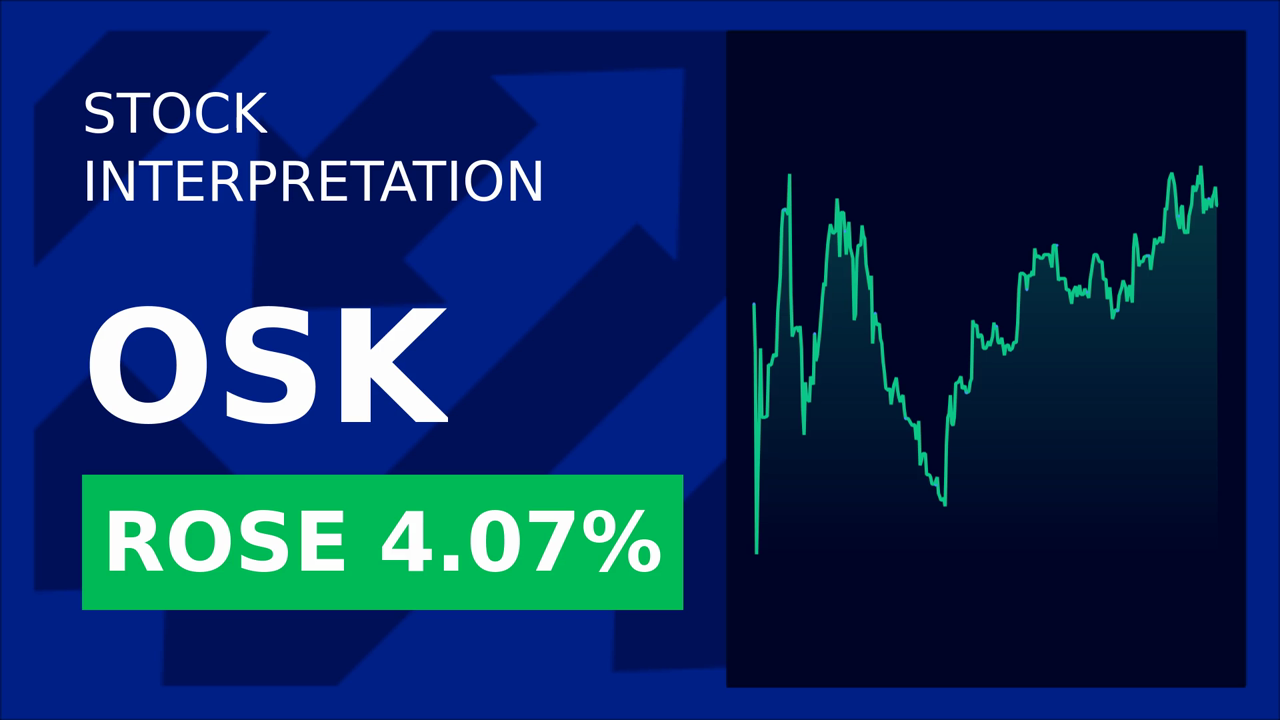Oshkosh Defense Secures Critical Netherlands JLTV Contract: A Catalyst for Global Growth
The Netherlands’ decision to award Oshkosh Defense (NASDAQ: OSK) a contract to produce 150 Dutch Expeditionary Patrol Vehicles (DXPV), a variant of the Joint Light Tactical Vehicle (JLTV), marks a pivotal moment for the company’s defense business. This deal, valued at up to $300 million if options are exercised, underscores Oshkosh’s position as a leader in modernizing NATO allies’ military fleets. The contract not only expands Oshkosh’s footprint in Europe but also aligns with a broader trend of defense modernization across allied nations.
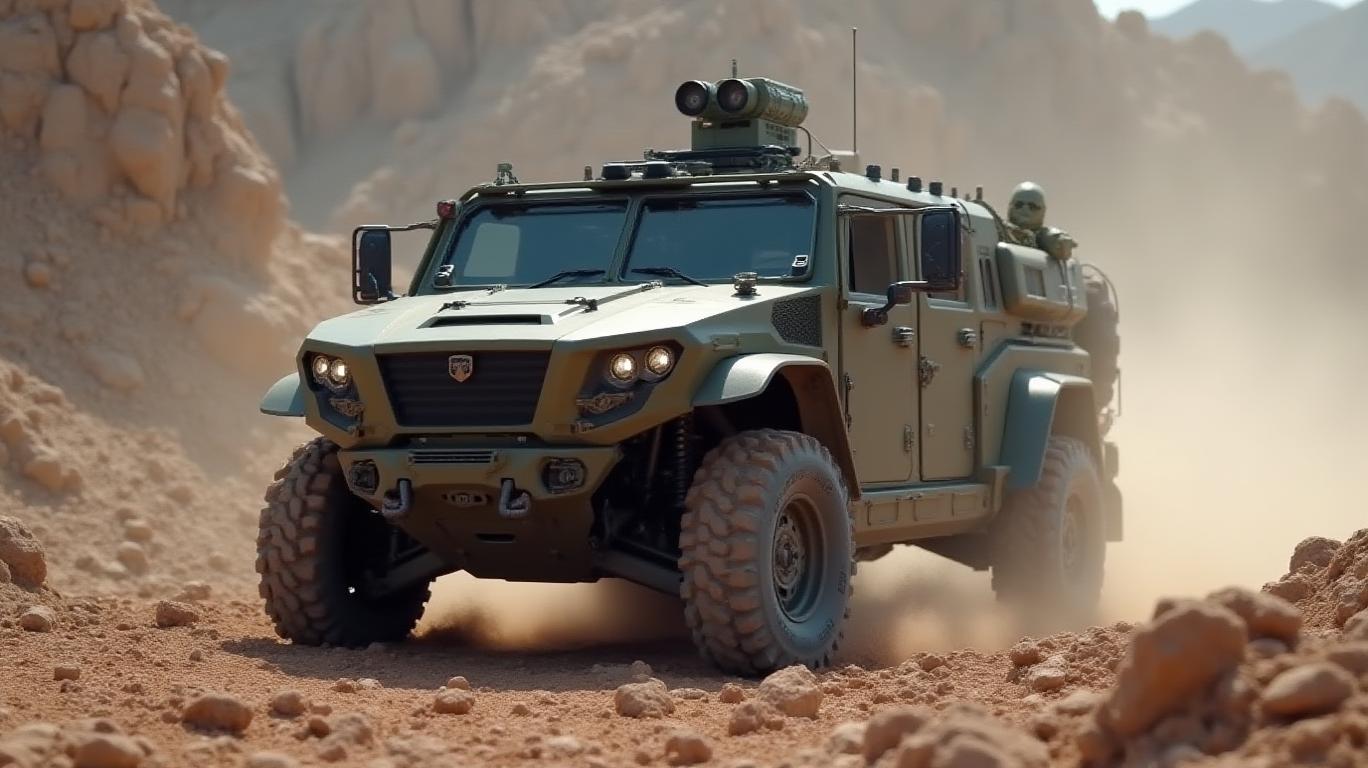
Why the Netherlands Chose Oshkosh
The Netherlands sought a vehicle that could seamlessly integrate with NATO allies’ logistics and interoperability standards. The DXPV, a JLTV variant, meets this need by sharing commonality with the 22,000+ JLTVs used by the U.S. military and over 1,600 deployed globally. This interoperability reduces logistical complexity and training costs, critical for a country like the Netherlands that prioritizes expeditionary operations.
The contract also reflects Oshkosh’s ability to outcompete rivals such as BAE Systems (BAESY) and ST Engineering (SGX: 碳05) for the Netherlands’ Future Littoral All-Terrain Mobility – Patrol Vehicle (FLATM-PV) program. While BAE’s Beowulf and ST’s Bronco 3 were strong contenders, Oshkosh’s existing production scale and proven track record with NATO allies secured the win.
Strategic Implications for Oshkosh
The Netherlands deal adds to Oshkosh’s growing defense portfolio. In 2021, the company secured a landmark $1.65 billion IDIQ contract with the U.S. Postal Service for its Next Generation Delivery Vehicles (NGDV), a civilian logistics win that highlights its versatility. Meanwhile, military contracts like the JLTV program for the U.S. Army and now the Netherlands demonstrate its dominance in tactical mobility.
The Netherlands’ order comes amid rising global defense spending. NATO members have committed to spending 2% of GDP on defense, with the U.S. allocating $813 billion to its FY2024 defense budget. Oshkosh’s focus on interoperable, modular platforms positions it to capitalize on this trend.
Financial Upside and Risks
The base contract value of $200 million (for 150 vehicles) is material for Oshkosh, which reported $3.7 billion in 2022 revenue. If the Netherlands exercises its option for an additional 100 vehicles, the total could reach $300 million, significantly boosting future earnings. Additionally, the DXPV’s modular design allows for upgrades (e.g., hybrid powertrains), creating recurring sustainment revenue.
Risks include potential delays in production or diplomatic shifts, though the Netherlands’ alignment with NATO standards reduces such concerns. Competition in Europe remains fierce, but Oshkosh’s track record with allied nations (12 countries now use JLTVs) provides a moat.
Conclusion: A Growth Catalyst with Global Momentum
Oshkosh’s Netherlands JLTV win is more than a single contract—it’s a validation of its strategy to serve NATO’s interoperability needs. With a $300 million ceiling and potential for follow-on orders, this deal strengthens Oshkosh’s defense revenue stream. Combined with its civilian NGDV program and existing military contracts, the company is well-positioned to capitalize on defense modernization trends.
Investors should note that Oshkosh’s stock has underperformed the S&P 500 over the past three years, offering a potential entry point. With a robust order backlog and geopolitical tailwinds, Oshkosh could see sustained growth as NATO allies prioritize modernization. The Netherlands’ decision is just the latest step in a long-term story of Oshkosh’s rise as a global defense leader.
Final word: Oshkosh’s Netherlands deal is a strategic win with multiyear implications. Investors focused on defense modernization should take note.

